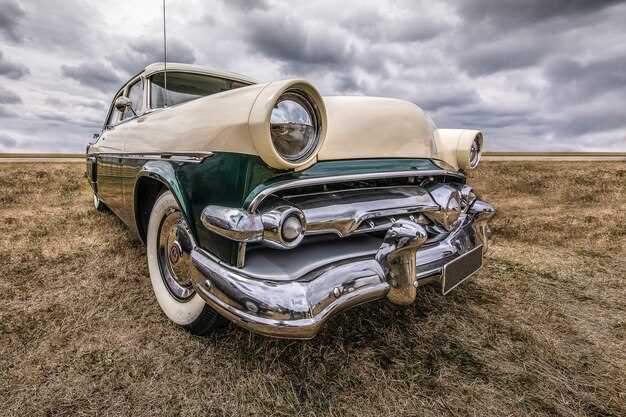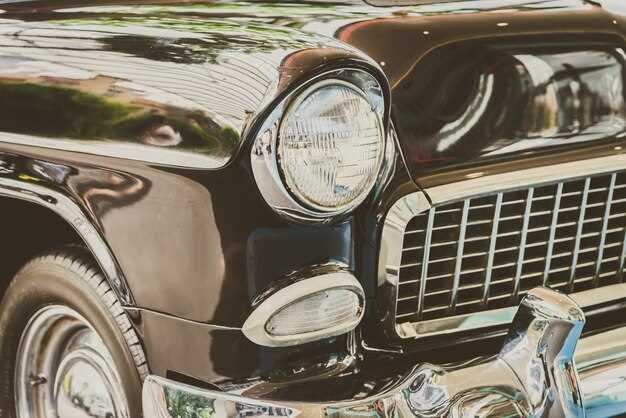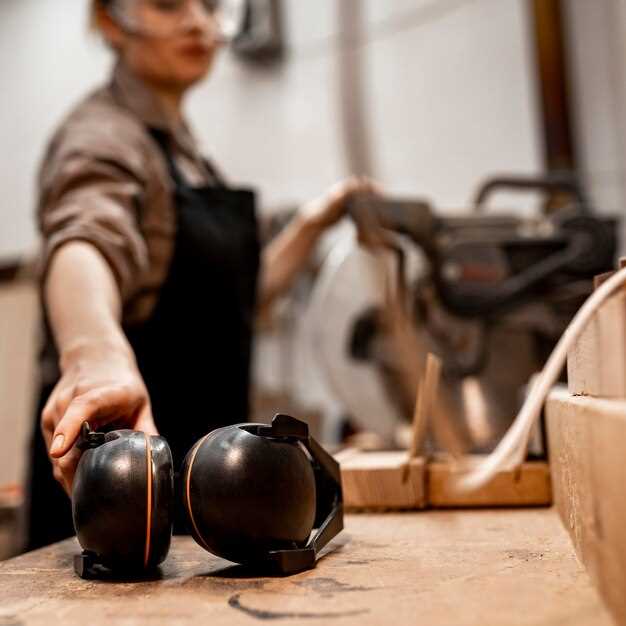
Restoring classic cars has become a cherished hobby for automotive enthusiasts around the world. It offers a unique opportunity to breathe new life into vintage vehicles, blending nostalgia with craftsmanship. Whether you are a seasoned mechanic or a novice interested in learning the ropes, embarking on DIY restoration projects can be both rewarding and educational.
In this article, we will explore various DIY projects that you can tackle today to begin your journey in classic car restoration. From simple tasks like interior detailing to more complex endeavors such as engine rebuilds, there are plenty of options available regardless of your skill level. Each project will not only enhance your vehicle’s aesthetic appeal but also increase its value and performance.
As you dive into these restoration tasks, remember that patience and dedication are key components of a successful project. Embrace each challenge as an opportunity to learn, and don’t hesitate to seek advice from fellow enthusiasts or online communities. With the right mindset and tools, you’ll soon find yourself well on your way to transforming a forgotten classic into a stunning tribute to automotive history.
Choosing the Right Classic Car Model for Restoration
Selecting the right classic car model for restoration is a critical first step towards ensuring a successful project. Various factors come into play, each influencing the ease of restoration, availability of parts, and potential resale value. Begin by identifying your personal interests and preferences. Do you have a fondness for American muscle cars, European sports cars, or vintage trucks? This will help narrow down your options.
Next, consider the condition of the car. Assess whether you want a project that requires extensive restoration or a model that needs minor cosmetic work. Cars with less rust and more original parts can save you time and investment in the long run. Research the rarity of the model, as less common vehicles may hold their value better and attract more attention from classic car enthusiasts.
Availability of parts is another essential factor. Ensure that replacement parts are accessible for the model you are considering. Models with a strong following usually have a dedicated aftermarket network, making sourcing components easier. Joining online forums or local car clubs can provide valuable insights into parts availability and restoration advice.
Consider your budget, including the initial purchase price and restoration costs. Some classic cars can be obtained for a reasonable price, while others may come with a hefty price tag, particularly if they are in good condition or highly sought after. Having a clear financial plan will help guide your selection process.
Lastly, think about your long-term goals for the vehicle. Are you looking to drive it regularly, take it to car shows, or eventually sell it? Your intended use may influence the type of restoration work required, which in turn impacts your choice of model. Taking the time to evaluate these factors will help ensure you select the right classic car model tailored to your restoration ambitions.
Essential Tools and Materials for Your Restoration Project

Embarking on a classic car restoration project requires a well-equipped toolkit and the right materials. Here’s a comprehensive list of essential tools and materials you need to start your journey effectively.
Basic Tools
- Socket Set: A comprehensive socket set is crucial for removing and tightening nuts and bolts.
- Wrenches: Both metric and standard sizes are necessary for varied fasteners.
- Screwdrivers: A set of flathead and Phillips screwdrivers in different sizes will be used throughout the process.
- Pliers: Needle-nose and standard pliers are useful for gripping and manipulating small parts.
- Hammer: A rubber or ball-peen hammer will assist in panel alignment and bodywork.
- Cutting Tools: Tin snips and utility knives are essential for cutting sheet metal and other materials.
Power Tools
- Angle Grinder: Ideal for cutting, grinding, and polishing metal surfaces.
- Drill: A sturdy drill will help in creating holes for wiring or fastening new components.
- Impact Wrench: Useful for removing stubborn bolts without excessive effort.
- Sanders: Orbital sanders are important for prepping surfaces for painting and finishing.
Safety Gear
- Gloves: Heavy-duty gloves protect your hands from cuts and chemicals.
- Safety Glasses: Protect your eyes from metal shavings and debris.
- Dust Mask: Essential when sanding or working with hazardous materials.
- Ear Protection: Use earplugs or earmuffs when operating loud power tools.
Materials for Restoration
- Primer: Quality primer helps in preparing a car’s surface for paint, ensuring better adhesion.
- Paint: Choose high-quality automotive paint to achieve a flawless finish.
- Body Filler: Use for smoothing out dents and imperfections in the bodywork.
- Wiring and Connectors: Essential for restoring or upgrading the electrical systems.
- Fasteners: Stock up on various screws, nuts, and bolts specific to your vehicle’s make and model.
Organizational Supplies
- Toolbox or Organizer: Keep your tools organized and easily accessible.
- Parts Bins: Labelled bins will help sort and store small parts from the vehicle.
- Cleaning Supplies: Rags, degreasers, and cleaners are necessary for maintaining a tidy workspace.
Having the right tools and materials on hand will streamline your restoration process, making it enjoyable and efficient. Invest time in gathering these essentials before diving into your classic car project.
Step-by-Step Guide to Restoring Classic Car Interiors

Restoring the interior of a classic car can dramatically enhance its beauty and value. This step-by-step guide will help you transform your vehicle’s cabin, making it feel as good as new.
1. Assess the Condition
Begin by thoroughly inspecting the interior. Check the seats, dashboard, headliner, carpeting, and trim for signs of wear, damage, or rust. Document the areas needing attention to create a detailed restoration plan.
2. Gather Tools and Materials
Collect essential tools such as screwdrivers, wrenches, pliers, and a heat gun. Additionally, acquire replacement materials, including upholstery fabric, foam padding, carpet, and adhesive. Depending on your vehicle, vintage parts might also be necessary.
3. Remove Existing Upholstery
Carefully remove the seats, door panels, and other components without damaging them. Use a screwdriver to take off screws or bolts. If upholstery is too tight, a heat gun can help loosen the adhesive. Store all screws and fasteners in labeled bags for easy reassembly.
4. Repair or Replace Components
Assess the underlying structures. Repair any damaged frames or reinforce weak areas. For severely worn upholstery, consider reupholstering instead of simply recovering. If no restoration is possible, replace the components with new or refurbished parts.
5. Clean Surfaces
Thoroughly clean all surfaces, including seats, dashboards, and carpets. Use a soft brush, vacuum, and appropriate cleaner to remove dirt and grime. Wipe down vinyl and plastic components with a damp cloth to ensure a pristine environment for new materials.
6. Install New Upholstery and Carpeting
Start with the carpeting; lay it down and shape it to fit the contours of the floor. Use adhesive to hold it in place. Next, install seat covers using your newly acquired upholstery fabric. Ensure to stretch the fabric evenly and secure it firmly, using staples or hog rings.
7. Reassemble Interior Components
Once everything is fitted and secure, begin reassembling the components in reverse order of disassembly. Refer to your documentation to ensure accuracy. Tighten all screws correctly to avoid rattling or loose parts.
8. Final Touches
Inspect all work and make adjustments where necessary. Add finishing touches such as new knobs, bezels, or trim pieces to enhance the overall aesthetic. A good-quality protectant can also be applied to leather or vinyl to prolong their life.
9. Enjoy Your Work
Step back, admire your hard work, and take your classic car for a drive. The satisfaction of a restored interior will make your efforts worthwhile.
